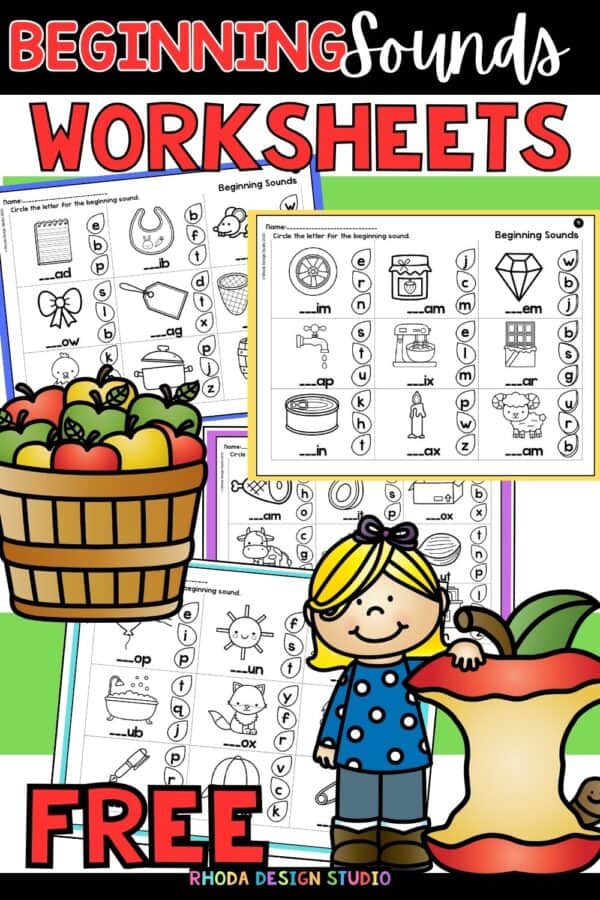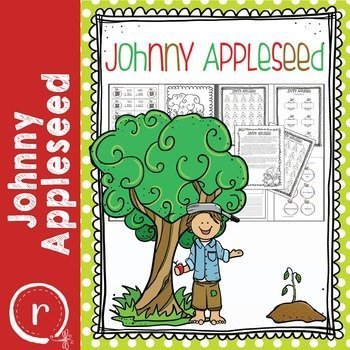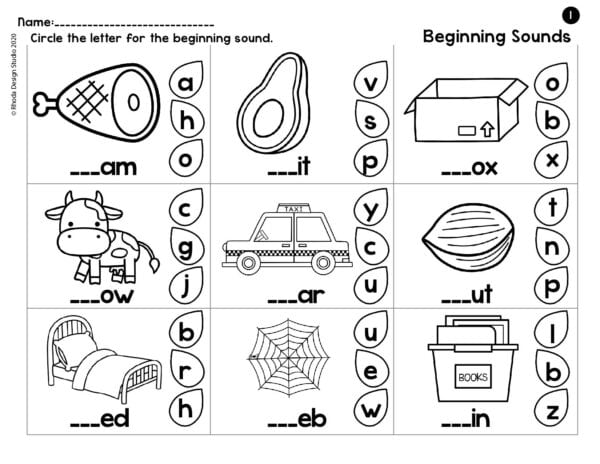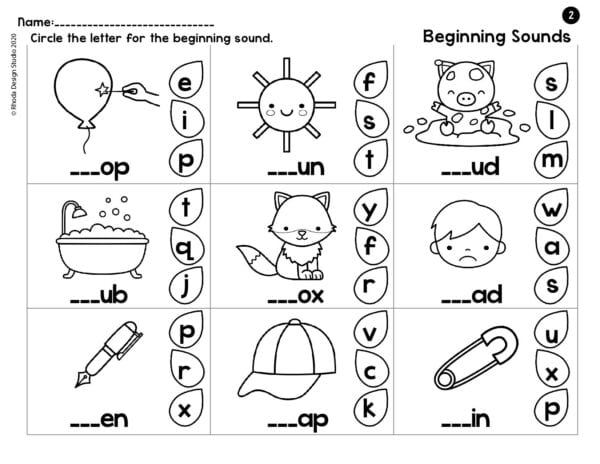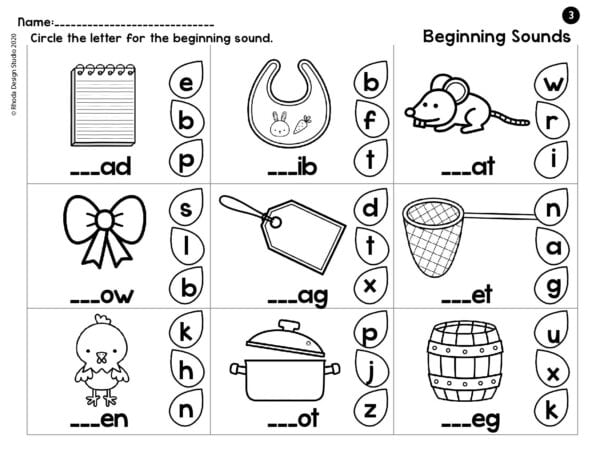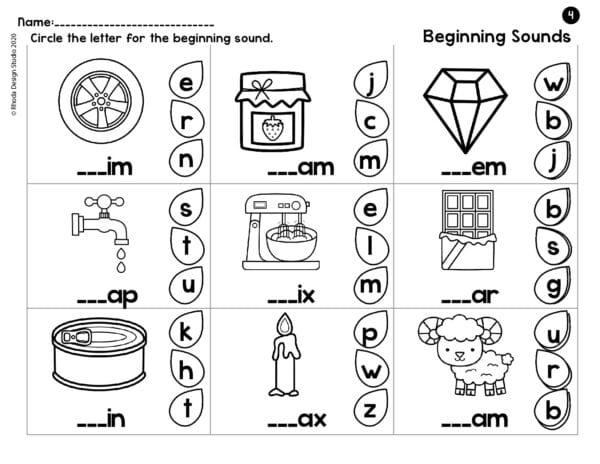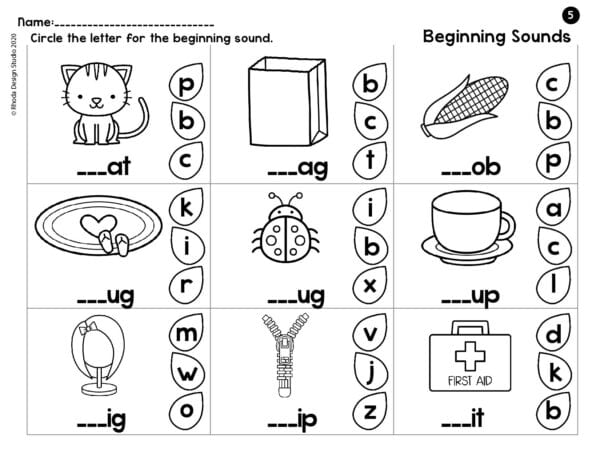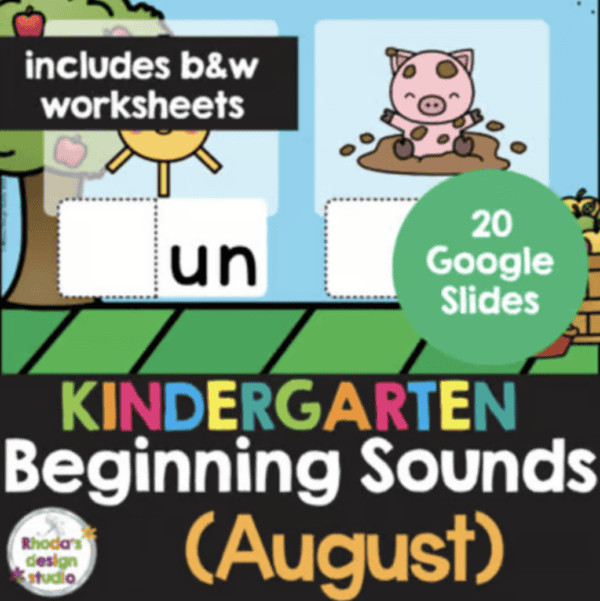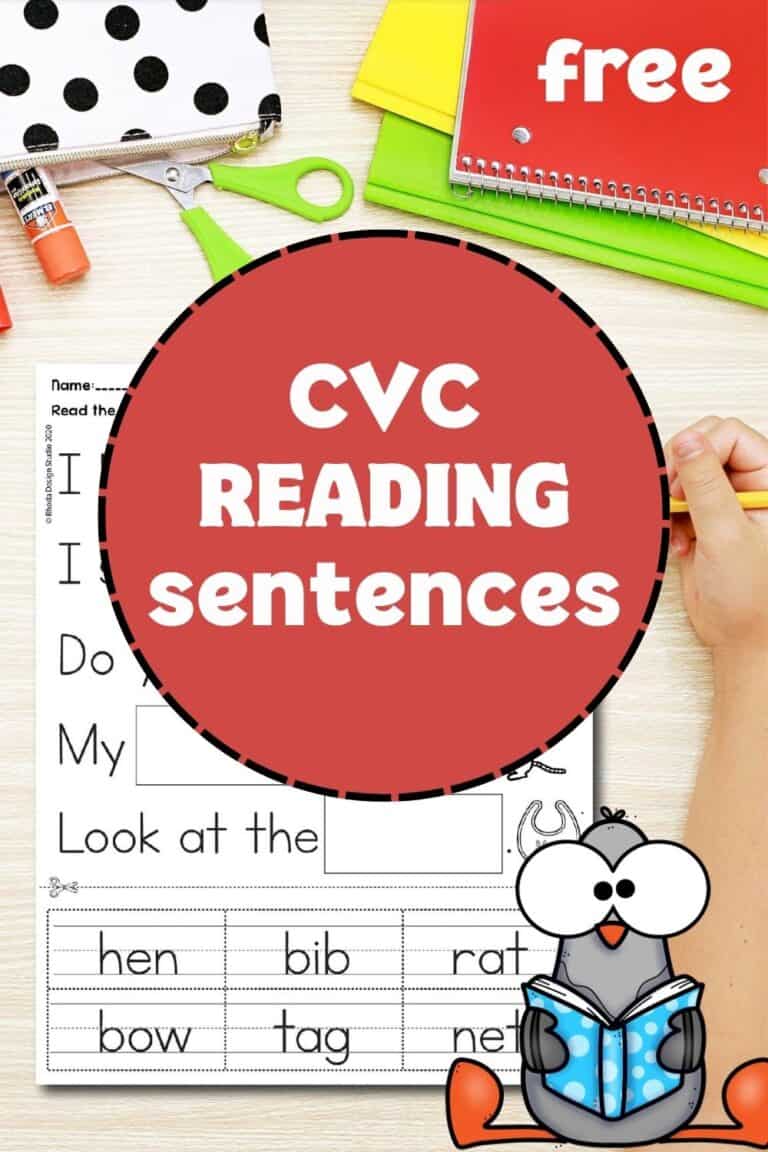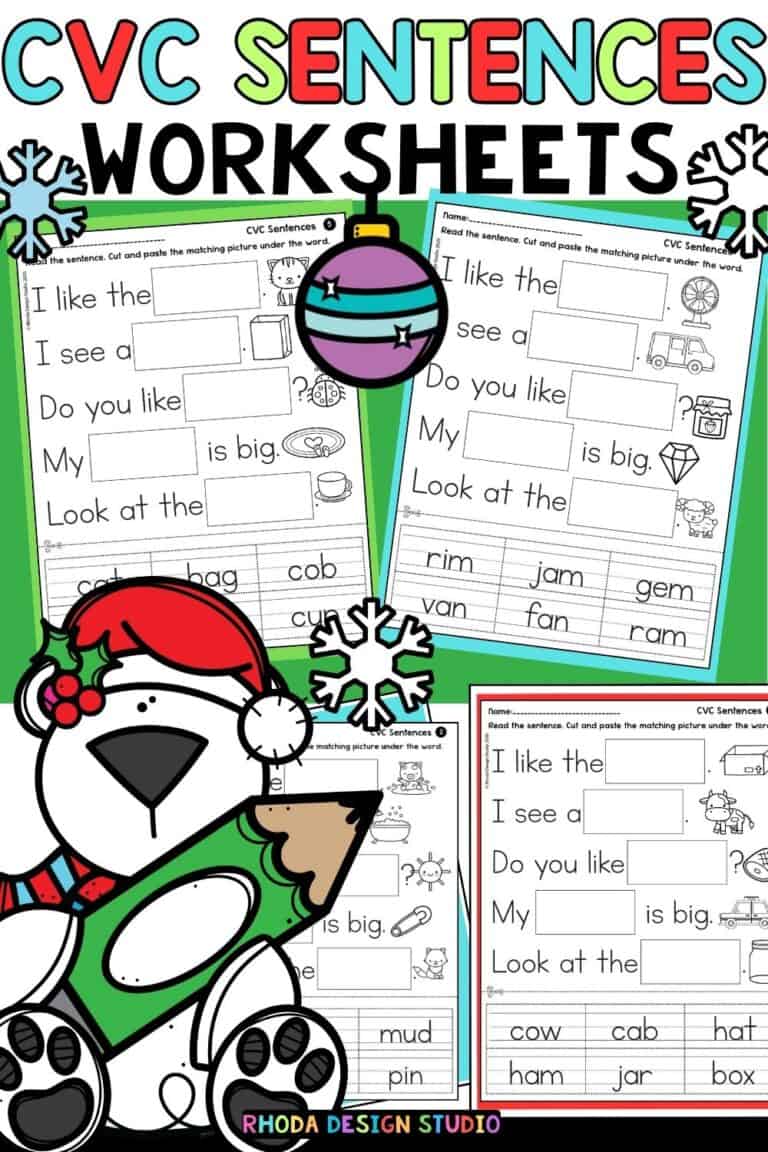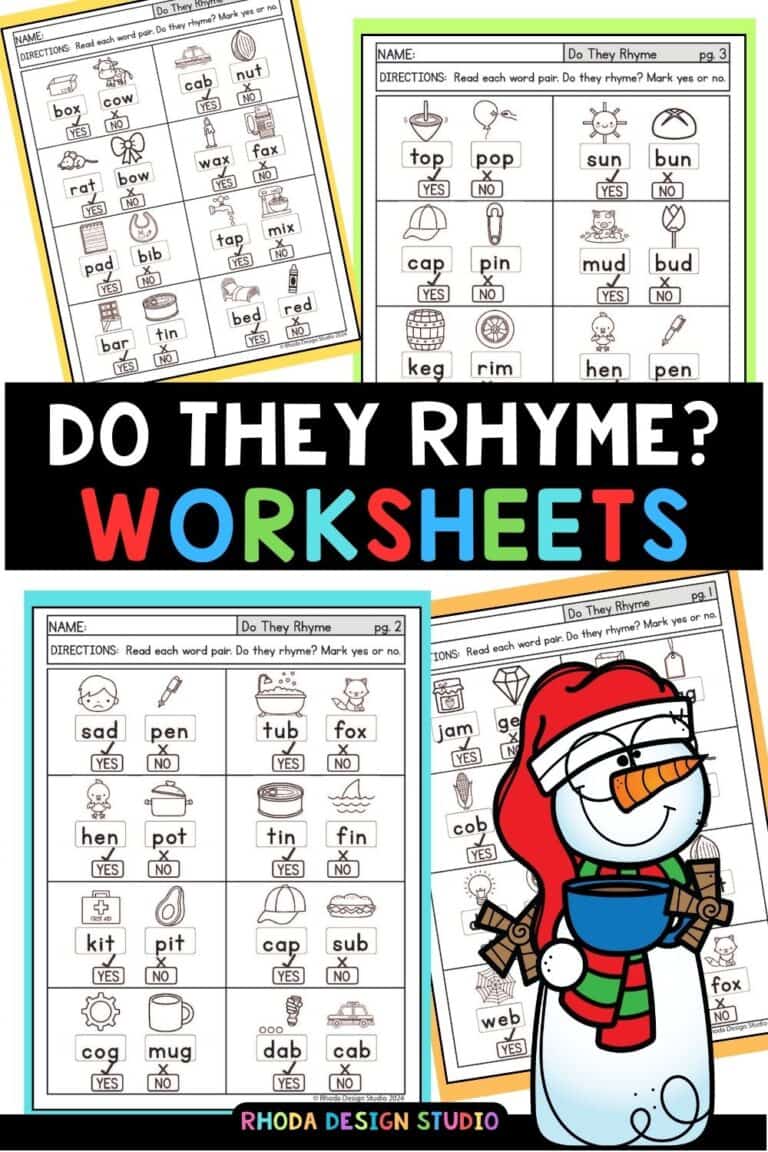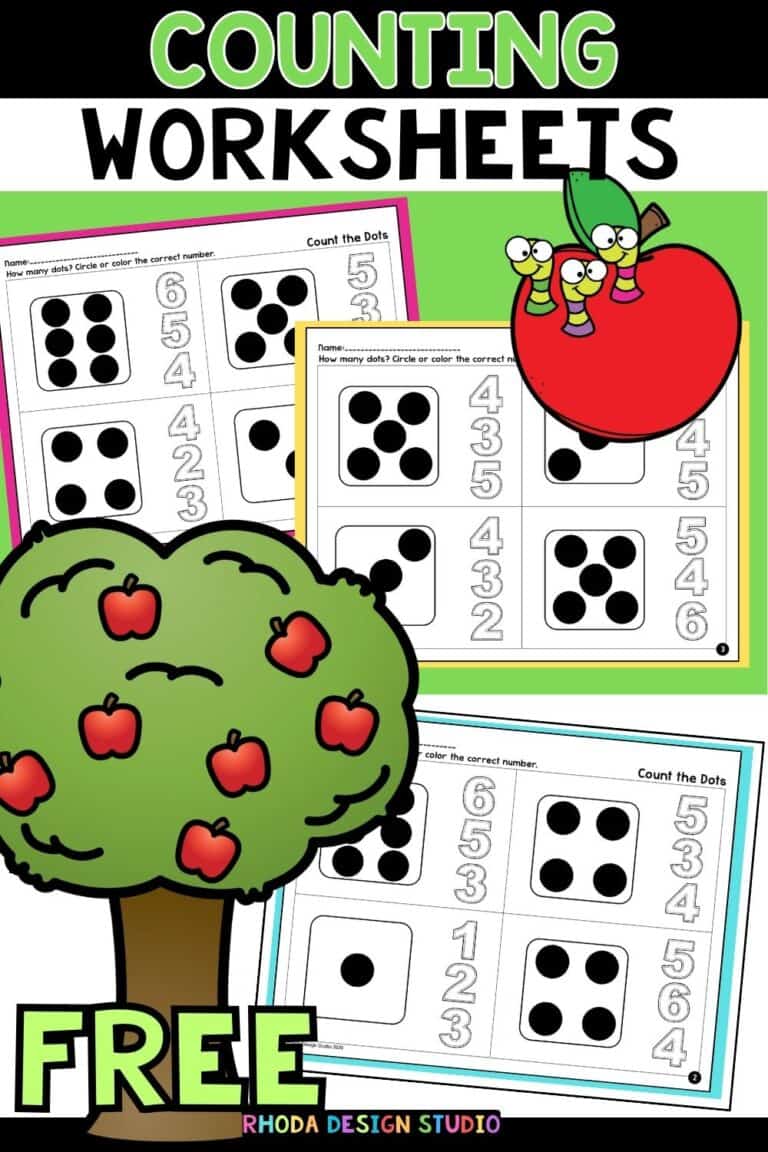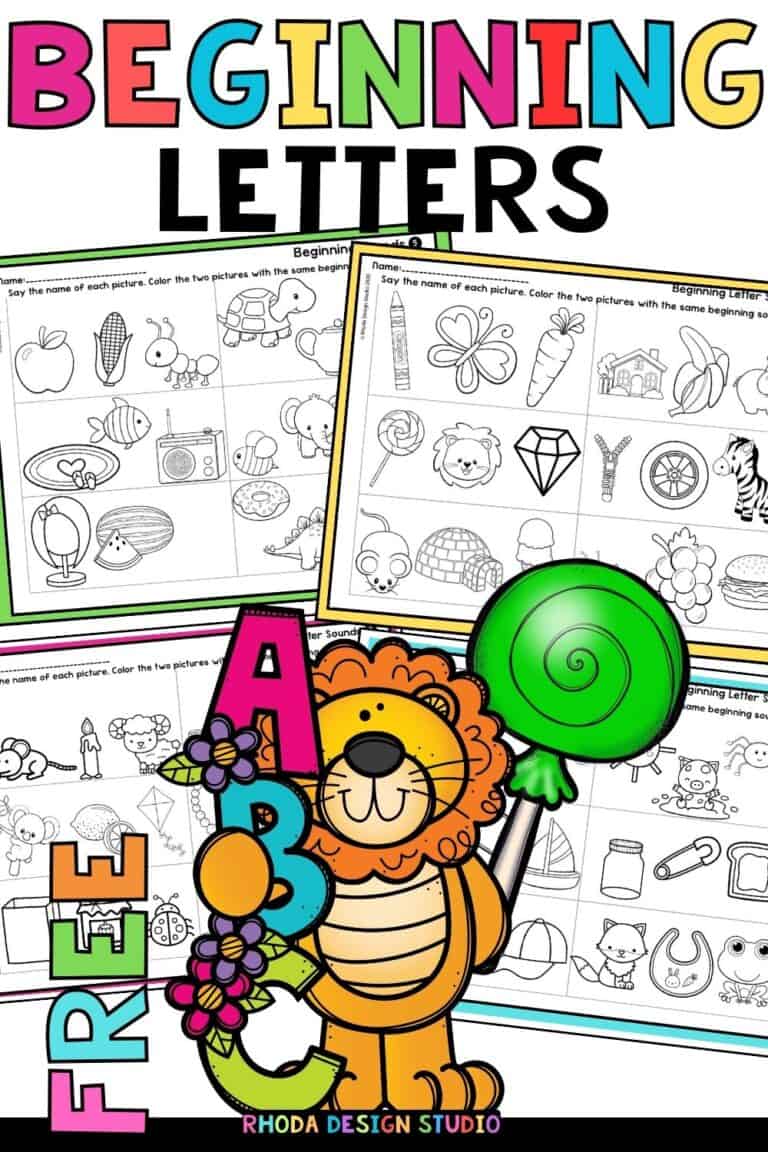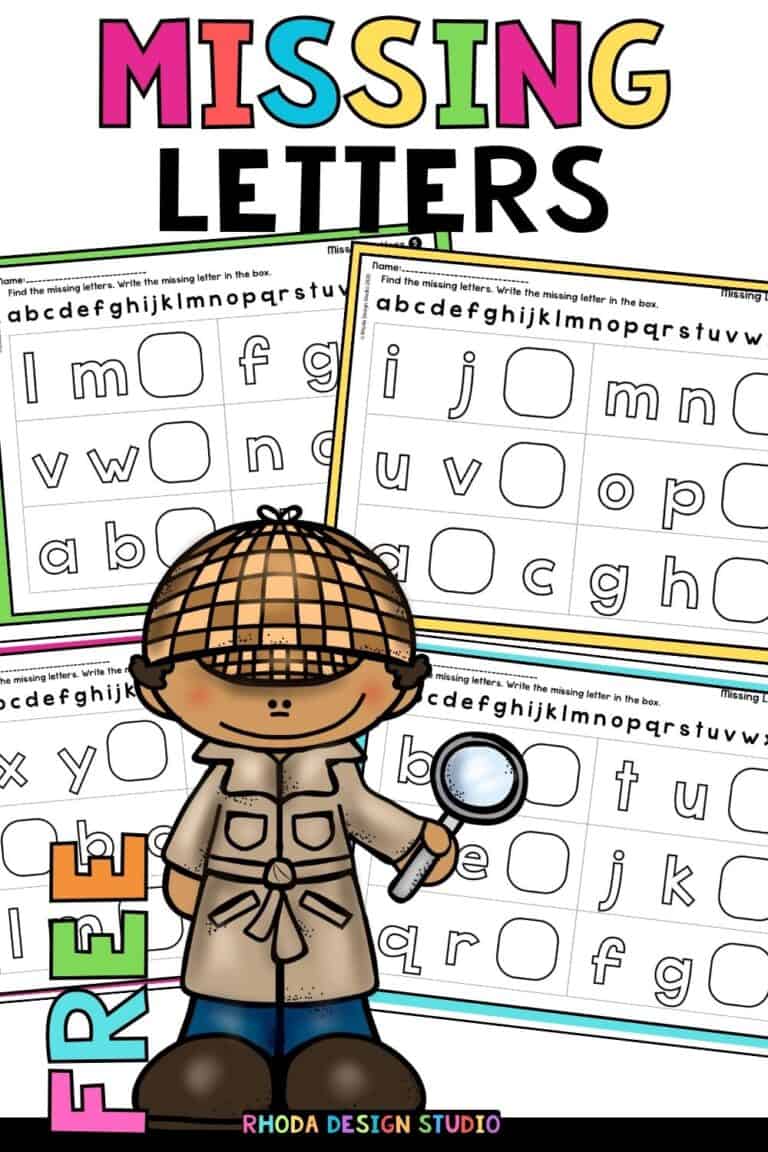Apple Seeds Free Beginning Sounds Worksheets
Mastering the link between letters and their sounds is an essential milestone on a child’s literacy journey. It’s the foundation that supports growing into an independent reader and writer. But how do we at the beginning stages reinforce this critical Phonemic Awareness skill in a fun, engaging way? The answer – beginning sounds worksheets.
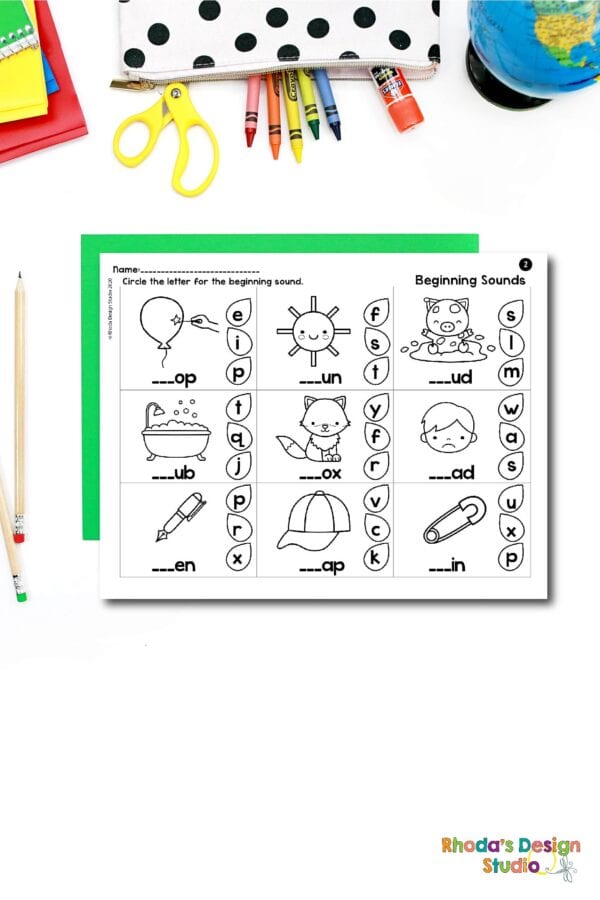
Unraveling the Power of Beginning Sounds
The power of beginning sounds lies in their simplicity combined with their impact. Children are able to identify and produce sounds, the initial step towards learning how to read and write. The beauty of these foundational activities is their ability to pave the way for more complex phonemic awareness and phonics skills.
Beginning Sounds and Phonemic Awareness
Beginning sounds are crucial in the development of phonemic awareness—the understanding that words are made up of sounds, or phonemes. Focusing on the initial sounds in words helps children isolate, identify, and manipulate sounds, which lays the groundwork for reading and spelling.
The Role of Worksheets
Worksheets offer young learners the chance to fine-tune their understanding of beginning sounds in an organized and individualized manner. Through various exercises, kids naturally build connections between letters and their initial sounds.
Common Core Standards
- CCSSRF.K.3D Distinguish between similarly spelled words by identifying the sounds of the letters that differ.
- CCSSRF.K.3B Associate the long and short sounds with common spellings (graphemes) for the five major vowels.
- CCSSRF.K.3A Demonstrate basic knowledge of one-to-one letter-sound correspondences by producing the primary sound or many of the most frequent sounds for each consonant.
- CCSSRF.K.3 Know and apply grade-level phonics and word analysis skills in decoding words.
- CCSSRF.K.2E Add or substitute individual sounds (phonemes) in simple, one-syllable words to make new words.
- CCSSRF.K.2D Isolate and pronounce the initial, medial vowel, and final sounds (phonemes) in three-phoneme (consonant-vowel-consonant, or CVC) words. (This does not include CVCs ending with /l/, /r/, or /x/.)
- CCSSRF.K.2C Blend and segment onsets and rimes of single-syllable spoken words.
- CCSSRF.K.2 Demonstrate understanding of spoken words, syllables, and sounds (phonemes).
- CCSSRF.K.1 Demonstrate understanding of the organization and basic features of print.
Meeting Individual Educational Goals
Furthermore, teachers and homeschooling parents should tailor beginning sounds worksheets to the needs of the individual child, adapting the content and difficulty level to support growth and tackle challenges at a personalized pace.
Utilizing Beginning Sounds Worksheets in Practice
Now that we understand the premise and potential of beginning sounds worksheets, how can educators and parents effectively use them?
Incorporating into Lesson Plans
For preschool teachers and homeschooling parents, incorporating beginning sounds worksheets into lesson plans can be a weekly or daily activity. It’s all about consistency and integration. For example, a teacher might choose to introduce a new beginning sound every week, with corresponding worksheets for reinforcement.
Parental Involvement
Parents can support their child’s learning by using worksheets as part of a larger literacy routine. Spend a few minutes each day working on beginning sounds, using worksheets to keep the practice structured and enjoyable.
Enhancing Worksheets with Technology
In a digital age, the integration of technology can take the effectiveness of beginning sounds worksheets to new heights. There is an array of online resources and apps that can make learning even more interactive and exciting.
Interactive Games and Apps
From simple drag-and-drop activities to interactive games, online platforms and apps can provide varied experiences that cater to different learning styles. These technologies can also offer instant feedback, helping kids correct and learn from their mistakes.
Blending Traditional and Modern Approaches
The key is not to see technology as a replacement for traditional methods but as a complement. By blending the two, educators and parents can create a rich, diverse learning environment that captivates and educates young minds.
